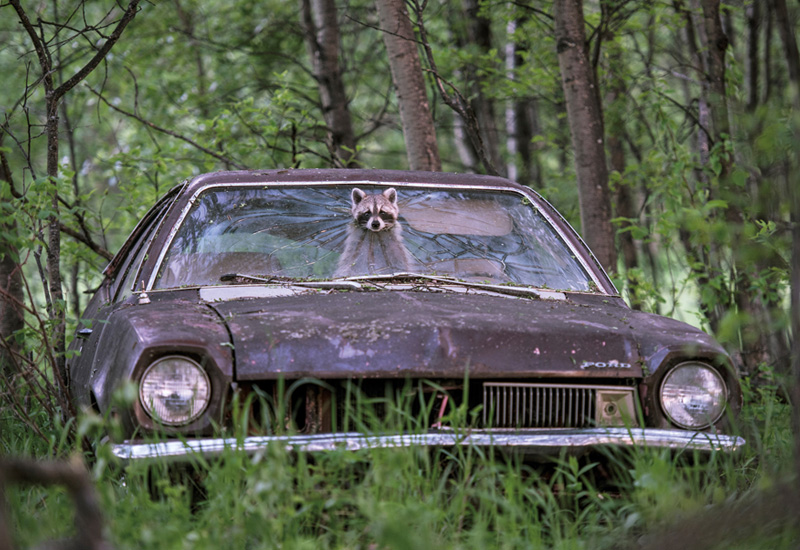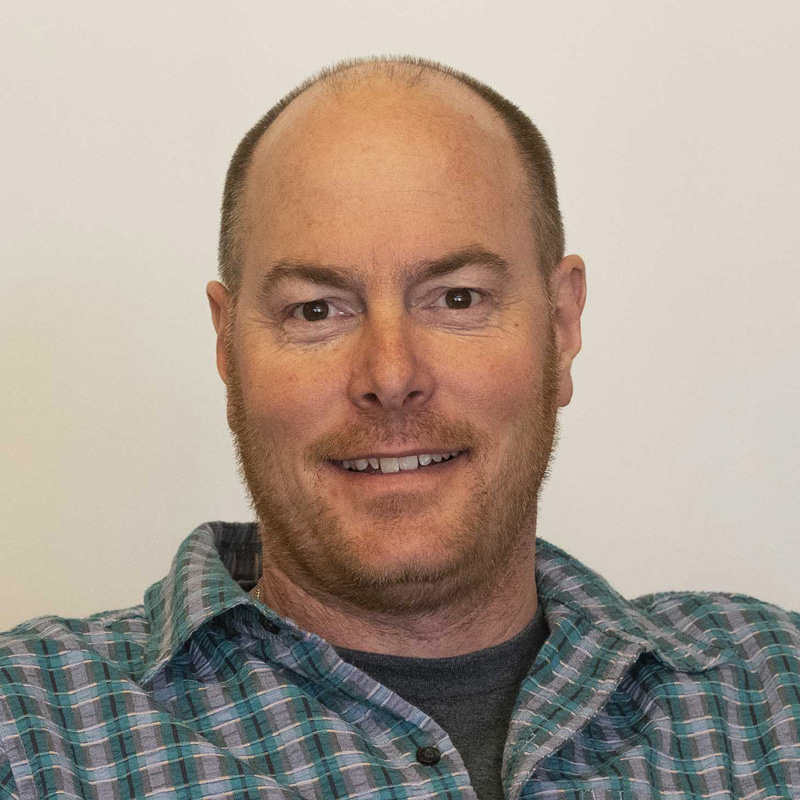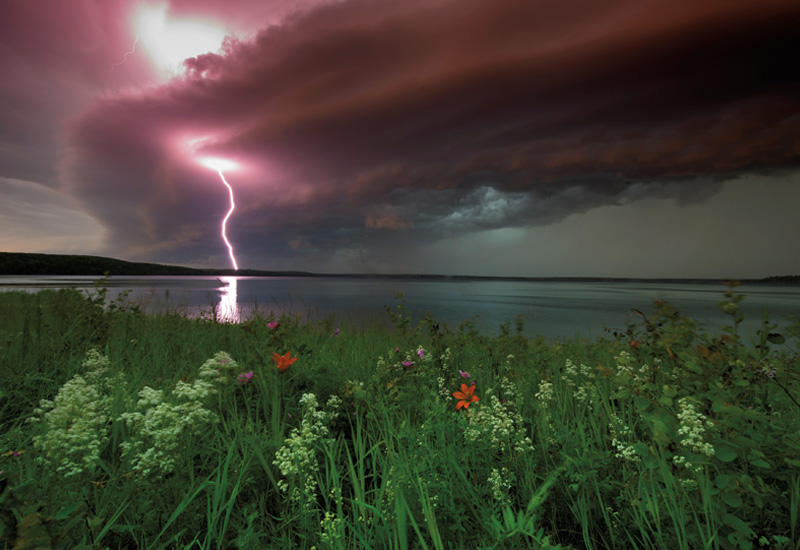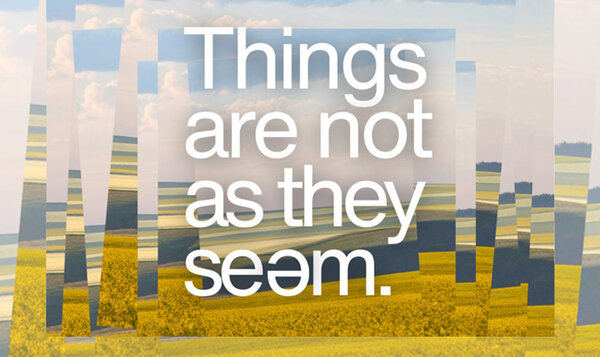
Picture perfect: USask alumnus recognized in prestigious photo competition
A photo by Jason Leo Bantle (BSc’94, MSc’98) has received international attention and acclaim
By Shannon Boklaschuk
It took three years—and a lot of patience and determination—for Jason Leo Bantle to finally capture the perfect picture.

Bantle, a University of Saskatchewan (USask) alumnus and Saskatchewan-based wildlife photographer, spent countless hours camped out at an abandoned farm site near Sonningdale, Sask., waiting for a mother raccoon to emerge from the broken windshield of a 1970s Ford Pinto.
“Finally, on Year 3, after sitting for about five evenings, I got the shot,” said Bantle (BSc’94, MSc’98), who studied biology in USask’s College of Arts and Science.
Bantle’s photo, aptly titled Lucky Break, was taken in June 2017 and has since received international attention and acclaim. It was included on the “highly commended” list at the U.K.’s Natural History Museum Wildlife Photographer of the Year Awards in 2019, and was featured in an exhibition at the museum in London, England, that was scheduled to run until May 31, 2020.

Bantle said he felt “amazed, excited and greatly honoured” when he learned he would be recognized by the organization.
“These awards are like the Oscars of the nature photographer world,” he said. “There was over 48,000 entries and to be one of a hundred selected is almost impossible. I am glad they saw the meaning behind Lucky Break in relation to the current state of our natural world. It is the only photography competition I apply to in the world, as it is the most prestigious.”

Bantle, who describes himself as a proud USask alumnus, said he has always been “in love with and curious about” the natural world. His undergraduate studies provided him with the opportunity to learn more about various species and their biology, and he was awarded a USask scholarship for his master’s degree thesis on arctic fox.
Bantle taught at USask as a sessional lecturer before making the leap into full-time nature photography. He is now the owner of All in the Wild, a fine art photography venture with a storefront on Saskatoon’s Broadway Avenue and six other locations in Canada. He describes All in the Wild as “a profit-plus-purpose business.”

“Art is a universal language, and I really learned this even more during the awards at the Natural History Museum in London, U.K. Through images, nature photography has the power to … provoke thought and to change behaviours,” he said.
“We know currently that global climate change is a real threat to the existence of many species of life. If my work, through being showcased at my galleries and collected, can start a dialogue and change someone’s behaviour to care more for all life, then I am really being true to my education and passion.”


